On July 5, 2022, the U.S. Department of State Travel Division posted a Level 4 travel advisory concerning Haiti.
This means “do not travel” to this location unless you have to.
After finding out that the government strongly urges you to not choose Haiti as your destination, it’s no wonder I had a hard time trying to find 10 places in Haiti to visit.
I found at least 3 cities and 3 beach areas that are at least safer but not necessarily the safest in the world.
Contents
6 Safest Cities or Beaches in Haiti
There are virtually no safe areas in this country, and you shouldn’t relax anywhere in Haiti.
Apparently, some tourists who arrived here said it was “beyond horrific.”
Numerically speaking, it has a 42 safety index with 100 being the highest.
On the other hand, Jake Nomada of Nomadic Hustle says, “You’re less likely to get robbed, raped, murdered, or kidnapped in Haiti than in Colombia, Mexico, or the Dominican Republic.”
Nomada does say, however, that Haiti is not a place to walk alone in the dark.
It’s also not a place for “newbie” travelers.
If you must travel to Haiti, try to stick to one of these 10 locations.
Otherwise, you could put yourself at increased risk of mugging, theft, kidnapping (or abduction), and assault or murder.
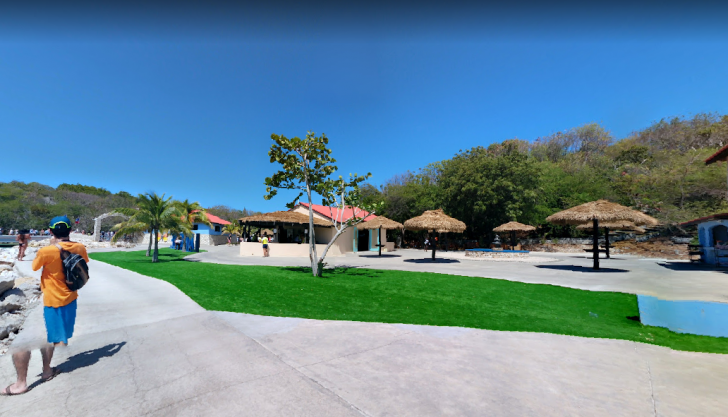
1. Labadee
Many cruises pass through here.
It’s regarded as a safe destination, and that’s partly because of the port’s regulations that keep it that way.
Of course, you’re going to always have to deal with the usual pickpocketing and theft like most tourists.
Still, your chances of that happening to you may be lower than in other areas of the country.
Here’s another word about this location from World Nomads:
“Although Labadee is safer than the rest of Haiti, it doesn’t mean you should tempt anyone around you.”
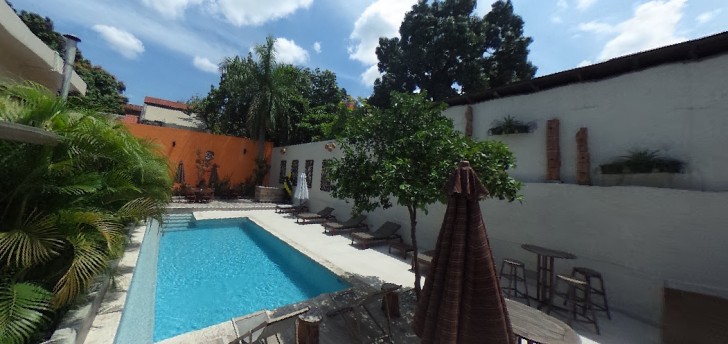
2. Petion-Ville East of Port au Prince
Situated on the northern Massif de La Sell hills, Petion-Ville provides more security than Port-au-Prince.
Petion-Ville also has a stable economy and offers enough nightclubs, restaurants, and social opportunities to make it an interesting, safer alternative.
Info-Travel and Hikers Bay seem to bear bad news about how unsafe Petion-Ville is though.
These two sources reveal higher crime rates than the rest of the country.
It also apparently has an overall safety index of only 25 out of 100 as of 2022.

3. Jacmel
Sometimes, the best travel advice you can find online is from locals on travel forums.
Someone quite familiar with Haiti mentioned Jacmel as an example.
Apparently, it’s a safer place to go than Port au Prince.
Jacmel is a port town located on Haiti’s southern coast.
You will find the Jacmel Arts Center here, which has paintings from more than 60 local artists on display.
For me, that’s one reason to risk coming to Haiti, especially when it’s people from the community being recognized.
I don’t understand why this place is mentioned though.
It’s one more that actually has a higher overall crime index than the country as a whole.
Just like in the rest of the country, it’s not a place to venture off alone, especially at night.
There is the Jacmel commune, which may be safe.
I haven’t found out much information about it though.
If the people living there together trust one another, it may be better than wandering around alone.

4. Port Salut Beach
Apparently, Port Salut is a relaxing beach area where you can probably find some solace.
I suppose if you want to risk your life traveling to Haiti, this is one place where you could go.
Since there’s a countrywide warning pertaining to all levels of violence, still watch yourself.
So how do you know how safe Port Salut really is?
First, the Vacation Idea staff says to pay attention to where the locals go, and make decisions about your safety based on their behavior:
“They’re the people who spend all their time in these places, so they tend to know the secret locations and hidden areas that are off the beaten path and away from the noisy crowds of tourists.”
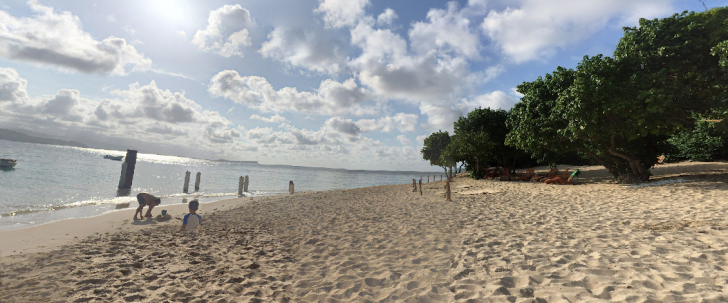
5. Ils-a-Rat Beach
Bearing in mind terrorism can occur in places you least expect it, I don’t know if I’d show up anywhere in Haiti.
If I had to, however, maybe I’d land here on the Ils-a-Rat Beach.
It’s also said to provide adventure, which may suit you if you have a thrill-seeking personality.
It is considered a place of beauty.
Snorkels and divers like to swim underwater and spot coral reefs.
It’s also said to be a place where you can take some spectacular vacation photos.
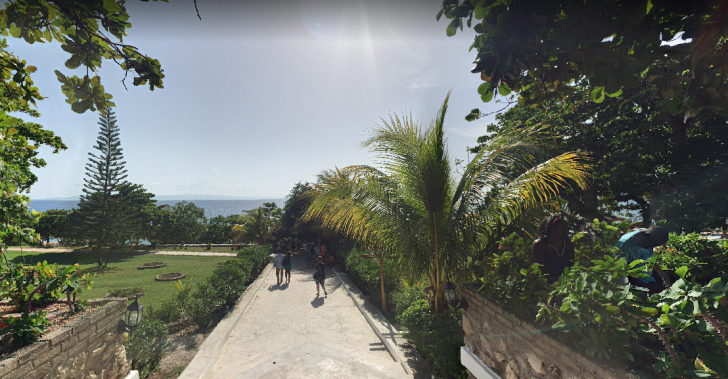
6. Wahoo Bay Beach
Apparently, Wahoo Bay Beach is a prime honeymoon destination.
I suspect this was the case before the Level 4 travel advisory issued by the government.
It also features diving, sunbathing, hiking, wilderness exploration, and warm waters with soft sand for swimming and walking.
5 Safety Tips for Traveling in Haiti
1. Don’t go unless you have to or they lift the travel advisory alert.
A Level 4 Travel Advisory is pretty serious. It’s the highest travel advisory given by the U.S. Government.
As of July 2022, if you don’t have any reason to be in Haiti, then don’t go at all.
Maybe wait until it drops to a Level 1 or 2 advisory, which requires you to take some precautions.
However, you can still feel safer from violence or terrorism, and kidnapping at these levels.
2. Don’t walk anywhere alone, and be careful what transportation you use.
There’s no guarantee of safety even in crowded public places during the day.
However, you certainly should not walk anywhere alone at night.
If you want to witness some of Haiti’s historical sites, such as old government buildings, monuments, or museums, join a guided tour.
Before using taxis or other rides for hire, make sure you verify their credentials.
Perhaps, this is also one time you should observe locals besides looking for safe beaches.
Find out the names of the companies you see them use while on the streets.
Note: U.S. minors are discouraged from using taxis at all as of July 2022.
3. Pay attention to weather reports.
Haiti does experience some tropical storm action, especially in the southern peninsula.
Pay attention to weather reports before you leave, especially if you arrive between June and September.
It may experience some flooding as well during this time.
If you can, you may want to consider coming during an “off” season, when hurricanes and heavy rain are not as prevalent.
Temperatures are also cooler during “off” times, such as between November and March.
4. Don’t Hang Around Transportation Stations
Leave airports, train and bus stations as soon as you can.
Don’t hang around there any longer than necessary.
If you can, find accommodations as far away from any port authorities as possible unless you know it has detailed security.
5. Hire a Bodyguard if You Have To
Chances are, in 2022, you’re probably in Haiti on business.
Hire your own bodyguard if you can, or use the one supplied by your organization.
It may be an inconvenience not having the privacy you would like, but it could save your life.
You will especially need one if entering places the government tells you not to bring children.
However, having one for just you also would keep you safe.
Haiti Safety Overview
READ THE FULL REPORT: Haiti Safety Review
Safety Index: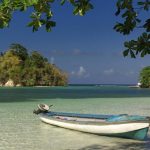
- OVERALL RISK: HIGH
- TRANSPORT & TAXIS RISK: HIGH
- PICKPOCKETS RISK: HIGH
- NATURAL DISASTERS RISK: MEDIUM
- MUGGING RISK: HIGH
- TERRORISM RISK: LOW
- SCAMS RISK: MEDIUM
- WOMEN TRAVELERS RISK: HIGH
Frequently Asked Questions
When will the Haiti “Do Not Travel” advisory be lifted?
I don’t personally know when this Level 4 “Do Not Travel” advisory will be lifted.
You can check the updates provided by the U.S. Department of State – Bureau of Consular Affairs.
Reviewing new posts on this website could also alert you to safer travel destinations.
Does Haiti have Covid-19?
Some cases of Covid-19 may still exist in Haiti by the time you arrive.
The Center for Disease Control strongly urges you to get tested and vaccinated before you enter this country.
Where should you not go in Haiti?
The U.S. government has strongly urged people as of July 2022 not to walk in Port-au-Prince.
You also should not accompany government employees unless you’re over 18.
In addition, U.S. minors must not visit places that don’t have “secure, onsite parking.”
They also must not use ATMs or banks, drive at night, or travel anywhere between 1 a.m. and 5 a.m.
In addition, proper security must be in place before you visit certain areas.
For more information on Haiti government security guidelines, visit this page.
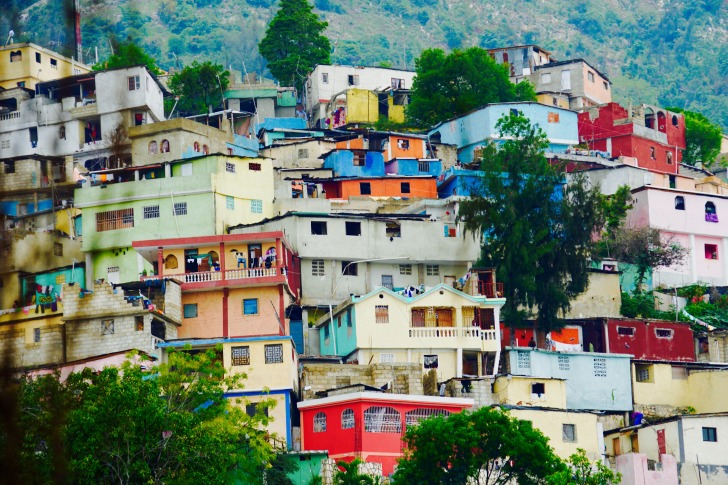
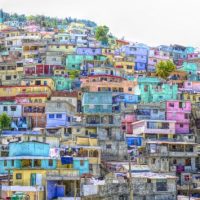
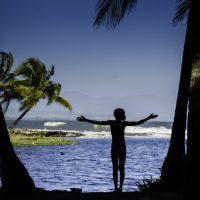

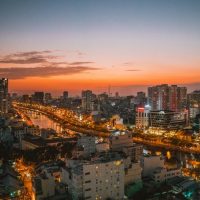
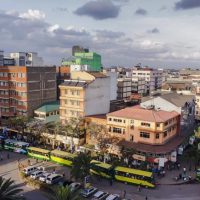






Haiti is a very dangerous place to travel to, and I would not recommend it to anyone unless absolutely necessary.
Haiti is not a safe destination according to the U.S. Department of State, but if you must go, Labadee and Petion-Ville are relatively safer options with some precautions needed.
I go to Haiti all the time and many people visit and party and enjoy themselves and give back clothes and food and spend in the economy and make it back home just fine please stop with the propaganda America is way more dangerous
Jacmel is considered safer than larger cities like Port-au-Prince. The town’s tourist areas are well-policed, and visitors can feel relatively secure exploring its attractions. It’s actually one of my favorite spots!
I just went to Labadee! As a private resort, Labadee maintains high levels of security to ensure the safety of its guests. Visitors can enjoy the beach and various recreational activities in a controlled environment.
Jacmel Beach is popular among locals and tourists alike. While petty crime may occur, the area is generally safe, especially during daylight hours.